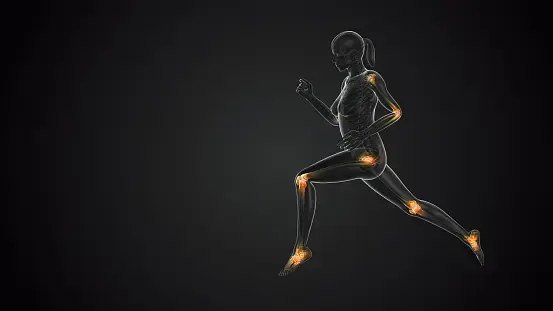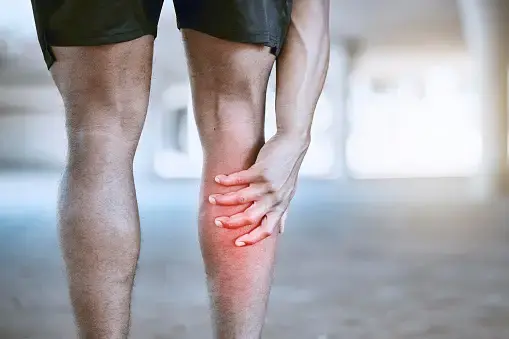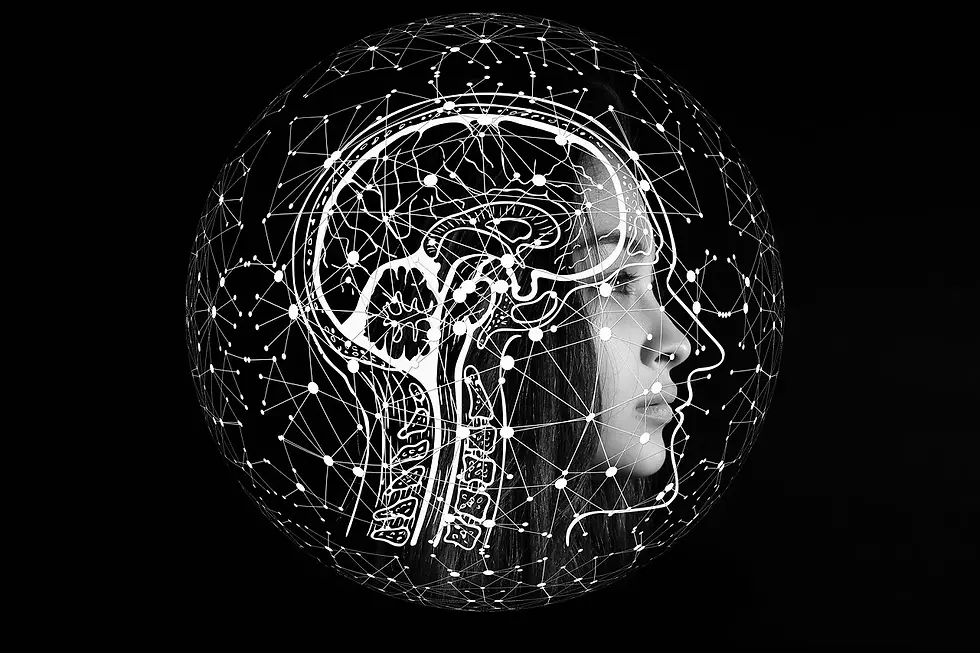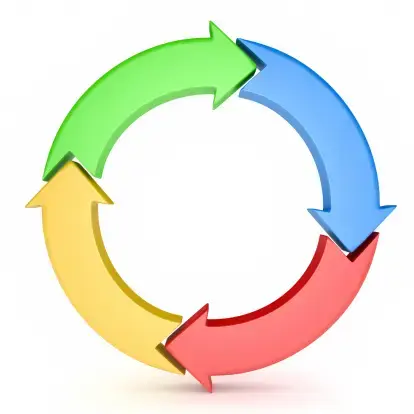
As we already know pain is a message from the brain about a credible threat to our safety which is designed to make us take a specific action to achieve the brain’s desired effect- safety. The pain signal lingering for days has basically been an adaptation (over evolutionary timeframe) to make the pain be emotionally traumatic enough to ensure that we will be permanently aware of that specific danger and avoid it in our future.

But what about pain with no apparent cause, from the “other” category mentioned in Part 1? We know that there is an evolutionary warning system to direct threats, but a relatively recent scientific discovery has shed light on why our body is designed to take pain to the next level at times. It is an accident of biology, over time, that has created the sometimes-altered system response- our own immune system is to blame! Our infection-fighting system, consisting of Neutrophiles, are called to action every time there is a genuine risk of infection- like when our skin is broken. It was recently determined that Neutrophils have no concept of a false alarm and will spring to action with internal injury, where there is no risk of infection.

This sterile inflammation is the cause of a good portion of pain. It is probably relevant to the following common kinds of painful problems:
· It will slow down and complicate the healing response from any internal injury. (I.E. sprains, muscle strains, low back injuries)
· It could be a major factor in overuse conditions. (I.E. tendonitis, bursitis, plantar fasciitis)
· The response will be present in more severe muscle knots (or myofascial trigger points) where cells may have been torn.
· With the pain associated with ordinary arthritis- they might be solely responsible for arthritic pain since there is no reason for arthritis to hurt except for the inflammatory mechanism.

· The neutrophile over-reaction complicates auto-immune diseases, especially the inflammatory arthritides like rheumatoid arthritis.
· This might explain why some people are more prone to chromic pain, that possibly they are producing more unnecessary inflammation than others.
· As a side note- it is known that ‘pain begets pain’, that the more we hurt, the more likely we are to become dysfunctionally oversensitive. If we combine this fact with the Neutrophil over-reaction (which almost certainly enables the pain-system dysfunction by creating long lasting and more painful pain) than we are more likely to trigger that neurological vicious cycle.
Important points:

1. Just remember that neurology is our friend and the brain is the king of pain- there is no pain without the brain. A healthy nervous system can handle just about anything, it can respond to the senseless inflammation with minimal concern and it even regulates the behavior of the Neurtophiles.
2. As a practical point, understanding the Neutrophile factor may help us to believe that our perception of pain is not accurate, that inflammation does not necessarily mean a threat at all, that it’s bark is far worse than it’s bite. This could be a confidence boost where educated and informed, rational confidence can significantly blunt chronic pain. Anything that can ethically, truthfully and rationally boost that confidence is valuable to our perception and therefore our pain response.
3. One application of these findings is that with knowing the immune system is contributing, we can help by resting our injuries and avoiding re-injury. It is wise to be cautions to not damage any cells in an already troubled area, if possible, to not trigger additional inflammation in the region.
Resources:
Brice B.K. PhD and Harrison T.E. MD. (2013) Mayo Clinic Guide to Pain Relief, Second Edition. Mayo Clinic.
https://uspainfoundation.org/ GOOD RESOURCE TO LOOK AT FOR CAM
Next time:

Stay tuned for my next blog in 2 weeks with Pain Science Part 3: The Cycles of Pain.
Related Post Links: Pain Science Part 1:
Pain Science Part 3:
Pain Science Part 4:
Pain Science Part 5:
Pain Science Part 6:
Author: Jen Hassaj | 7-26-23



Comments